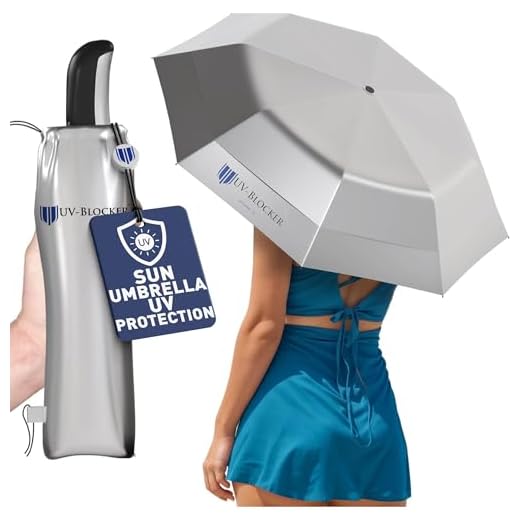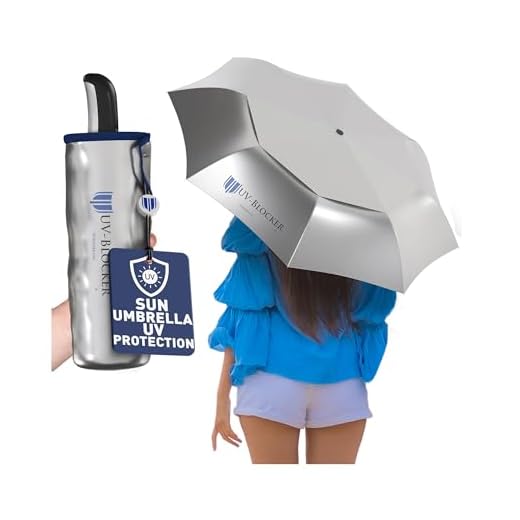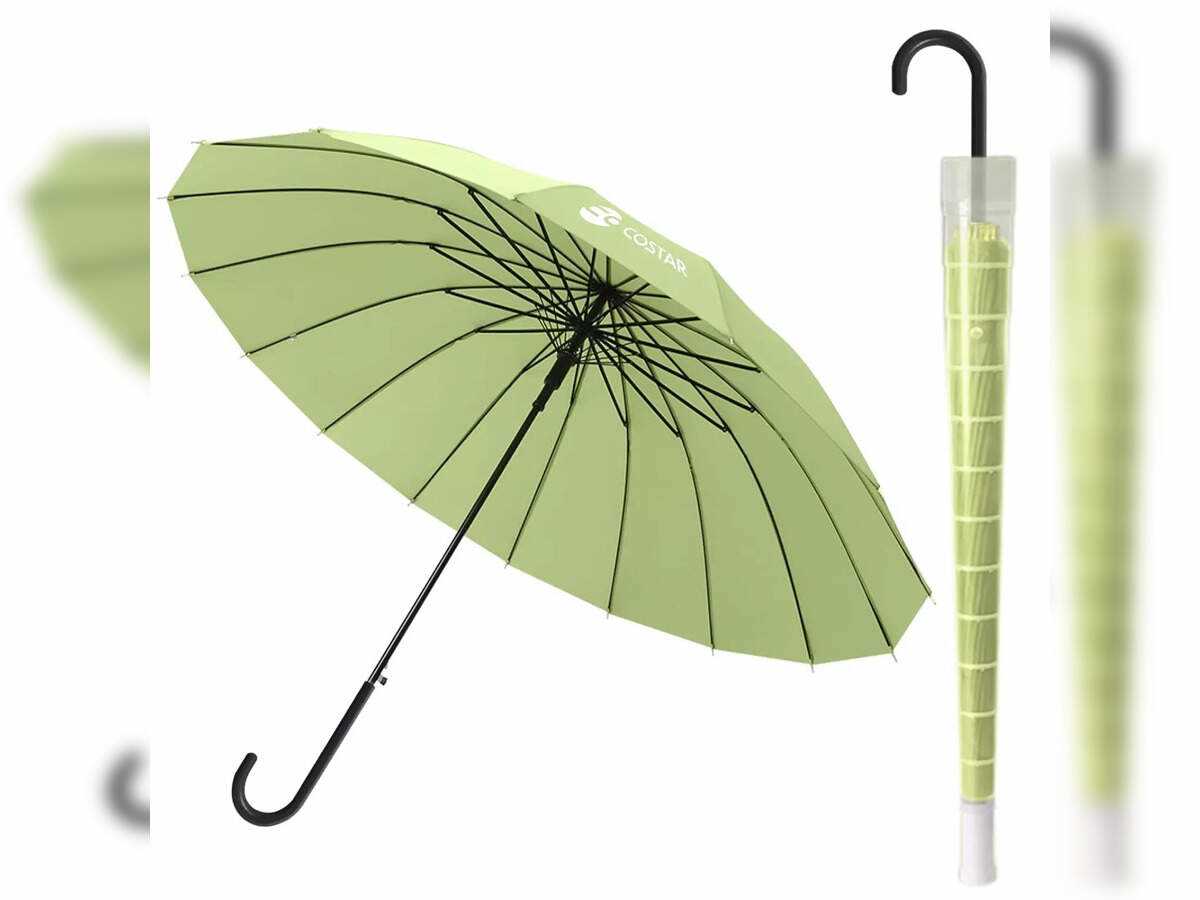




Opt for a model with excellent resistance to moisture and harmful rays. This article highlights the top choices on the market, ensuring you stay dry during downpours while shielding yourself from sun exposure. From materials to design features, each aspect plays a significant role in performance.
This guide targets anyone looking to enhance their outdoor experience, whether for daily commutes, beach outings, or casual strolls. Understanding the differences among options will help you make an informed decision.
We’ll explore various materials that excel in repelling water, along with coatings that effectively block UV rays. You’ll discover practical tips on maintenance and care to extend the lifespan of your canopy, ensuring it remains a reliable companion through various weather conditions.
Best Waterproof and UV Protection for Umbrellas
Choosing a reliable canopy is essential for staying dry during rain and safeguarding against harmful sun rays. Look for materials with a high water-repellent rating, such as nylon or polyester with a polyurethane coating, which effectively prevents water from penetrating through the fabric.
Additionally, consider canopies treated with UV-resistant chemicals. Fabrics with a UPF (Ultraviolet Protection Factor) rating of 50 or higher offer significant shielding from the sun. This ensures that prolonged exposure does not lead to skin damage or fading of the fabric.
Key Features to Consider
- Material: Opt for durable, water-resistant fabrics like nylon or polyester.
- Coating: Look for a polyurethane or Teflon coating for enhanced water repellency.
- UPF Rating: A UPF of 50+ is recommended for effective sun defense.
- Frame Construction: A sturdy frame made of fiberglass or aluminum enhances durability against wind.
When evaluating options, check the manufacturer’s specifications for both water resistance and UV shielding capabilities. High-quality stitching and reinforced seams also contribute to longevity and overall performance.
Ultimately, investing in a well-designed canopy can greatly enhance your outdoor experience, providing comfort and safety from the elements.
Materials for Enhanced Waterproofing
Choosing the right fabric is fundamental for ensuring maximum resistance to moisture. Polyurethane-coated nylon is a preferred choice due to its lightweight nature and impressive ability to repel water. This material is commonly used in outdoor gear and offers a remarkable balance between durability and flexibility.
Another excellent option is polyester, which is often treated with a water-repellent finish. This synthetic fabric is known for its strength and resistance to fading, making it suitable for prolonged exposure to sunlight. The tight weave of polyester also contributes to its performance against moisture penetration.
Key Features of Recommended Fabrics
- Polyurethane-coated nylon: Lightweight, flexible, and highly effective against rain.
- Polyester: Durable, resistant to UV rays, and treated for enhanced moisture resistance.
- Ripstop fabric: Combines nylon or polyester with a special grid pattern for added tear resistance.
Additionally, the use of a double-layered construction can significantly improve performance. This technique involves layering two different materials to create a barrier that further prevents water from seeping through. The outer layer typically features a water-repellent coating, while the inner layer may include a moisture-wicking component to keep the user dry.
Incorporating these materials and techniques into the design can greatly enhance the longevity and functionality of outdoor gear. Selecting the right combination will lead to superior performance, ensuring comfort and reliability in adverse weather conditions.
Understanding UV Protection Ratings for Umbrellas
When choosing a canopy, it’s important to consider the UV rating, which indicates its ability to block harmful rays from the sun. A higher rating reflects better shielding, essential for preventing skin damage during prolonged exposure. Canopies are often rated based on a scale that measures the ultraviolet protection factor (UPF), helping users select a suitable option for their needs.
The UPF rating system typically ranges from 15 to 50+. A rating of 15-24 offers good defense, while 25-39 provides very good shielding. A rating of 40-50+ is considered excellent. It’s advisable to select canopies with a UPF of at least 30 for effective shielding during outdoor activities.
Factors Influencing UV Ratings
Several factors can influence the UV ratings of canopies:
- Fabric Type: Certain materials naturally offer better UV blocking properties. Synthetic fabrics, such as polyester and nylon, often provide superior shielding compared to cotton.
- Color: Darker colors typically absorb more UV radiation, enhancing protection compared to lighter shades.
- Weave Density: Tightly woven fabrics can block more UV rays, making them more effective than loosely woven alternatives.
- Coatings: Some canopies come with additional UV-blocking treatments that enhance their effectiveness.
Understanding these factors can assist consumers in making informed decisions when selecting a suitable canopy. Always look for detailed information regarding UPF ratings and consider the specific environment in which the canopy will be used.
Features to Look for in a Reliable Waterproof Umbrella
When selecting a durable canopy, focus on materials and construction techniques that ensure longevity. Look for canopies made from high-density fabrics with a water-repellent coating, which can effectively keep moisture at bay. These materials not only resist water but also dry quickly, preventing mold and mildew development.
Another critical aspect is the frame’s sturdiness. A robust frame made from fiberglass or aluminum enhances resistance to strong winds and reduces the risk of breakage. Pay attention to the number of ribs; more ribs usually translate to better stability and support during adverse weather conditions.
Key Attributes to Consider
- Canopy Size: Ensure the canopy is large enough to provide ample coverage, protecting both you and your belongings.
- Wind Resistance: Look for features like vented canopies that allow wind to pass through, reducing the likelihood of inversion.
- Handle Design: A comfortable grip enhances usability, especially in unpredictable weather. Ergonomic handles can reduce strain during extended use.
- Portability: Lightweight materials and compact folding mechanisms make it easier to carry and store your canopy.
- UV Blocking: Fabrics treated with UV inhibitors can shield from harmful rays, adding an extra layer of defense during sunny days.
While browsing, check for a warranty that covers defects, as this can be an indicator of the manufacturer’s confidence in their product’s durability. Investing in a well-constructed canopy not only enhances your comfort during inclement weather but also ensures long-term reliability.
Comparative Analysis of UV-Resistant Umbrella Brands
When selecting a shade device, it is imperative to evaluate the level of UV resistance offered by various brands. Certain manufacturers employ advanced fabric technologies that significantly enhance the ability to block harmful rays. These innovations are pivotal in ensuring user safety while enjoying outdoor activities.
Research indicates that materials such as polyester and nylon treated with special coatings can provide superior UV filtration. Brands that utilize these fabrics often report higher UPF (Ultraviolet Protection Factor) ratings, which serve as a reliable indicator of their effectiveness against sun exposure.
Material Comparisons
- Polyester: Known for its durability and resistance to fading, this material often achieves a high UPF rating.
- Nylon: Lightweight and flexible, nylon can also be treated for enhanced UV resistance, making it a popular choice.
- Canvas: While generally heavier, canvas offers excellent durability and can be treated for UV blocking, though it may be less portable.
Brand Innovations
Several brands focus on innovative designs that incorporate additional features. For instance, some models include vented canopies, which not only improve wind resistance but also enhance overall stability under varying weather conditions.
Moreover, the color of the fabric plays a significant role in UV resistance. Darker shades tend to absorb more sunlight, while lighter colors reflect it, contributing to a cooler experience. Brands that offer a range of color options allow consumers to choose based on aesthetic preferences while still ensuring effective UV shielding.
| Brand Feature | Material Type | UPF Rating |
|---|---|---|
| Brand A | Polyester | 50+ |
| Brand B | Nylon | 40+ |
| Brand C | Canvas | 30+ |
Ultimately, selecting an appropriate shade device requires careful consideration of material quality, design features, and UV filtration capabilities. By prioritizing these aspects, users can ensure a safer and more enjoyable outdoor experience.
Maintenance Tips to Preserve Waterproof and UV Properties
Regular cleaning is necessary to maintain the integrity of your canopy. Use a soft brush or cloth with mild soap and water to remove dirt and debris. Avoid harsh chemicals that can degrade the fabric’s surface.
After cleaning, ensure that the cover is thoroughly dried before storage. This prevents mold and mildew, which can compromise both the fabric’s barriers against moisture and harmful rays.
Additional Care Recommendations
- Store the item in a cool, dry place when not in use. Extreme temperatures can damage the materials.
- Avoid leaving it exposed to direct sunlight for extended periods; this can diminish its UV resistance.
- Apply a fabric protector spray specifically designed for outdoor textiles every season to rejuvenate its protective layers.
- Inspect for any signs of wear or damage regularly. Prompt repairs can prevent further degradation.
By following these maintenance tips, you can significantly extend the lifespan of your outdoor gear, ensuring it remains reliable during inclement weather and sunny days alike.
Best waterproof and uv protection for umbrellas
Features
| Part Number | 4336583223 |
| Model | 4336583223 |
| Color | TAN |
| Size | 9 FT |
Features
| Part Number | MEUWS1B-UWSRY |
| Model | MEUWS1B-UWSRY |
| Color | Royal Blue |
| Size | 5FT Wide |
Features
| Part Number | FBA_741360281158 |
| Model | FBA_741360281158 |
| Color | Reflective Silver |
| Size | 44" |
Features
| Part Number | TU-9R-050-Bu-BL-BL |
| Model | TU-9R-050-Bu-BL-BL |
| Color | 3-pack Black |
| Size | 42 inches diameter, 11.5 inches length |
| Language | English |
Features
| Part Number | 741360281141 |
| Model | 58011 |
| Color | Silver |
| Size | 42" |
Features
| Part Number | SUNGUARD-3PK |
| Model | SUNGUARD-3PK |
| Color | Clear |
| Size | 34.5 Ounce (Pack of 1) |
Features
| Part Number | collapsible black |
| Model | collapsible black |
| Color | Black |
| Size | Large |
Video:
FAQ:
What features should I look for in a waterproof umbrella?
When selecting a waterproof umbrella, it’s important to consider several key features. First, the fabric should be made of high-quality waterproof materials, such as nylon or polyester, which provide better water resistance. Look for umbrellas with a water-repellent coating that can help water bead off the surface. Additionally, the frame should be sturdy, ideally made of fiberglass or aluminum, to withstand strong winds. A good handle design can also enhance grip and comfort during use. Finally, consider the size and portability of the umbrella, especially if you plan to carry it frequently.
How does UV protection work in umbrellas?
UV protection in umbrellas is achieved through the use of special fabrics and coatings that block harmful ultraviolet rays from the sun. Most UV-protective umbrellas are made with materials that have a UPF (Ultraviolet Protection Factor) rating. A higher UPF rating indicates better protection against UV rays. Some umbrellas also come with an additional UV coating that enhances their protective capabilities. It’s essential to check for these features if you plan to use your umbrella for sun protection, as not all umbrellas provide adequate UV shielding.
Can I find an umbrella that offers both waterproof and UV protection?
Yes, many umbrellas are designed to provide both waterproof and UV protection. When shopping, look for models specifically advertised as having dual functionality. These umbrellas are typically made from advanced materials that are treated to repel water while also blocking UV rays. It’s a good idea to read product descriptions and reviews to ensure that the umbrella meets both needs. Investing in a versatile umbrella can be beneficial, especially for those who frequently encounter both rainy and sunny weather.










